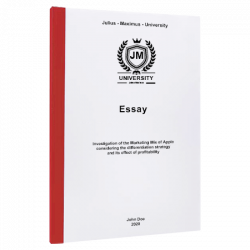Important Components & Examples
Definition: Citing a Website
Online Sources: internet sources are quotes, pictures, recordings, etc. taken from websites on the World Wide Web (cf. Franck & Stary 2009: 191). Besides this, articles from websites also count as online sources. When you cite a website, it is crucial to include these components:
Author Surname, Name. Date of publication. Title of the article. Domain. URL. Date of last access.
Inhaltsverzeichnis
FAQs
A citation is a reference to a source of information that was used in the writing of a book, article, thesis or research paper. Citations give your readers clear guidelines on the sources of the information used in the completion of an academic writing text. Citations are usually written at the end of the report, usually in alphabetical order. This greatly helps the writer avoid plagiarism when writing especially long texts. Plus, it shows the readers where the writer obtained his information and they can also visit these sources to learn more about the research topic.
Every source of information used while completing an academic writing project have to be cited. This includes sources referenced from websites, online articles, journals, etc.
The formatting used for referencing a website will depend on the referencing style that you’re using. However, website citations generally require the following information: The author(s) name(s) [in last name, first name format], ‘title of the source/ web page’, title of Website, publisher or website name, date published [in Day, Month, Year format] and finally, the website URL.
As with every other writing project that requires citations, websites can also be cited in the three major citation styles as follows:
a. The APA style (American Psychological Association): This is an author-year system of citation. It is mostly used for Education, Psychology, and Science writings.
b. The MLA (Modern Language Association) Style: This is an author-page system of citation. It is mostly used for writing in the Humanities field.
c. The Chicago Style: This is an extremely flexible style of citation that combines two referencing styles (footnotes and author-year system). It is used for writing in Business, History and Fine Arts.
Website citation while writing an article, journal entry, dissertation or book has numerous important functions. Firstly, it helps the writer avoid plagiarizing other writers’ intellectual property which were utilized for the completion of the academic writing project. Secondly, it gives the writer a good way of keeping track of all information and sources referenced from websites that were used. Lastly, it also provides the readers details about where to find extra information about the research topic.
Website citations are required every time information is referenced from a website for an academic essay, research paper, dissertation, article or book. Regardless of how insignificant or minimal the information is that you sourced from the website, a citation has to be made to avoid plagiarism. As a writer, it is your imperative to appropriately reference your sources, in order to avoid being penalized for unlawfully using some else’s work.
Overview
If you want to cite a website, you have to provide a full citation in your reference list. This example shows how to cite a website using the APA citation style:
| Website citation component | Mandatory | Examples | Comments |
| Author of the website/article | Yes | - Eckhoff, Luis G. - Harvard Library |
If the author is not named (Note that the information on the website might not be reliable! Reconsider citing from this website) put in the operator’s name (or domain), or “n.a.” (no author) |
| Title of the website/the website article | Yes | Citation and Research Management Tools at Harvard |
If there is no headline, use the title of the website |
| Domain (operator) | Yes | Website of Harvard University |
- Use the term “Website” or “online” to clarify what kind of source you are citing - Corresponds to editors/title of an edited volume (use italics if necessary) - Include the domain in case it is a large internet portal |
| Date of publication | Yes, if available | - 2016 - December 2016 - 15 March 2014 |
- Important date; it is also part of the short reference in the text - If there is no date, use the date of your last access in the short reference |
| Web address, URL | Yes | https://guides.library. harvard.edu/cite/guides. |
- Shortening the URL is not permissible - Using hyphens for line segmentation can be confusing (since the hyphen is not part of the actual URL), so you should use a space after a slash and set it to left alignment |
|
DOI (Digital Object Identifier) |
Yes, if available | DOI: 10.5539/ ijel.v3n3p14 | Can be used instead of/in addition to the URL |
| Date of last access | Yes | - Retrieved March 5, 2001 from the World Wide Web - Last accessed 12th Apr 2019 |
- Put in exact date (day, year) in case the website is frequently updated - Keep a screenshot of the website article |
In your bachelor´s or master’s theses, as well as other pieces of academic writing, you must ensure to only cite websites with academic content! Not all articles and websites on the web are suitable for academic texts.
Recommended: How to cite an article
Properly Referencing a Website
Author name & article title: If you are citing a website, it is mandatory to name the author and the title of the cited article.
URL & DOI number: Moreover, the URL is part of the citation and the DOI number can also be included.
Date of last access & date of publication: The date of last access is another compulsory element when citing a website. For example: Retrieved March 5, 2019. If you can find information on the publication date of the website article you want to cite, you should include this. Sometimes you might not be able to find a publication date. In that case, you can use the date that you last accessed the website in the short references (cf. Samac, Prenner, & Schwetz 2009: 95 ff., Szuchman 2005: 106).
Important Components
The table below gives an overview of the most important components of website citations, irrespective of the citation style chosen. The table also indicates which elements are mandatory for a full website and which are not, as well as including examples for each element. You will also find comments that explain the different components in more detail.
It is necessary to name the author of the website article. However, you may not always find information about the author of the website contents you are citing. In such cases, you should put in the name of the website or domain operator. If there is no information regarding the operator either, you can use “n.a.”, which means “no author”.
 |
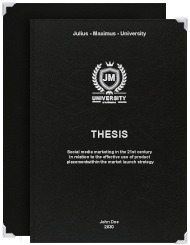 |
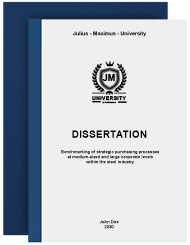 |
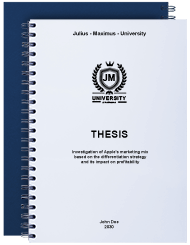 |
|
Premium Leather Book Binding |
Standard Leather Book Binding |
Thermal Binding |
Spiral Binding |
|
From £22.90 |
From £17.90 |
From £12.90 |
From £7.90 |
|
| Colours | Blue, black, red, or green | Blue, black, red, or green | Blue, black, red, green, yellow, white, or gray | Blue, black, red, green, yellow, white, or gray |
| Finish | Textured, matte, soft, and leather look | Textured, shiny, and smooth | Transparent front film & back page in leather look | Transparent front film & back page in leather look |
| Embossing | Cover & spine | Cover & spine | ||
| Colour of embossing | Gold, black, or silver | Gold, black, or silver | ||
| Colour of corners | Gold, black, or silver | Gold, black, or silver | ||
| Number of pages | 10 - 370 | 10 - 370 | 2 - 450 | 1 - 300 |
Recommended: How to cite a book
Examples
Below you will find examples on how to cite a website using two of the most common citation systems – APA citation and Harvard referencing.
Example: Citing Websites Using APA Style
Ghosh, P. (2019, April 10). First ever black hole image released. BBC News. Last accessed 21th Apr 2019: https://www.bbc.com/news/science-environment-47873592.
Rudlin, D. (2019, April 11). Why are we so bad at planning cities? The Guardian. Last accessed 12th Apr 2019: https://www.theguardian.com/cities/2019/apr/11/why-are-we-so-bad-at-planning-cities.
Citing a website: Short references in the text
(Ghosh, 2019)
(Rudlin, 2019)
Citing a Website Using Harvard Style
Although the term “Harvard Style” is frequently used, it does not refer to a manual of style such as “The Publication Manual of the American Psychological Association” (short: APA) or “The Chicago Manual of Style”, which you can use for reference when checking how to cite a website in that particular style.
The term Harvard referencing is “another name for the author/date citation system, whereby the author and date is placed in parentheses, e.g. (Robbins 1987) to refer readers to the full bibliographic citations” (cf. Harvard Library 2018, Chernin 1988). Consequently, you can cite a website using APA citation style, which is an author/date system.
All Important Rules
Online sources and websites are increasingly used as your studies become more focused, e.g. in a cultural discourse. Therefore, it is crucial to know how to cite a website when you are using it as source for your thesis.
Rule #1:
If you are citing a website, it has to be included in the reference list. This is not always easy, as in many cases internet sources do not have page numbers and cannot be assigned to an author or to their year of publication. If you are citing material from an institution´s website, e.g. a ministry, this institution is cited as the author (cf. Kruse 2010: 118).
Rule #2:
What you have to bear in mind when citing a website is differentiatinge between “real” online sources and those that might also exist in print. Many academic journals for example are published online only; however, such journal articles are not regarded as website sources, as they could theoretically exist as print, too. Moreover, there is an issue number and the individual articles can be downloaded in PDF format. Only if the online version differs from the print version is advisable to include the URL and the date of last access (cf. Samac, Prenner & Schwetz 2009: 100).
Rule #3:
You also have to be careful with using online sources as reference. They can function as a primary source but less as a secondary source.
It is recommended to make a copy of the website or take a screenshot (or even a printout, which can go into the appendix of the text) of the website you intend to cite. By doing so, you can ensure that you have cited the website correctly. This also means that your citation is accurate based on your last access of the website.
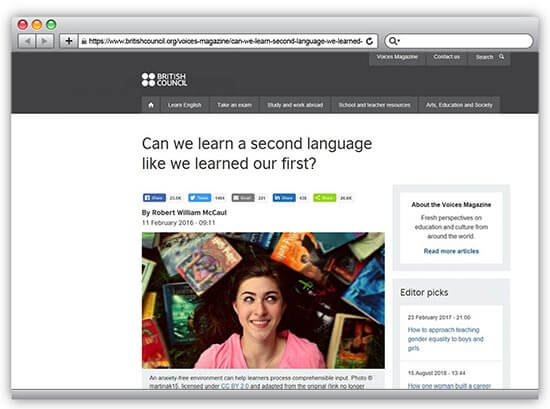
Example from the website British Council: An article called “Can we learn a second language like we learned our first?” including information about the author and the date of publication.
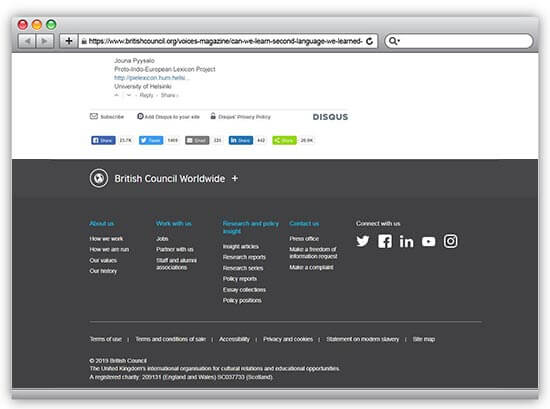
Make sure to scroll down to the bottom of the page: This is where you will find the site´s copyright and legal information, which also helps you evaluate whether the website is a reliable source or not (terms of use, name of the operator, regular updates, etc.). If there is no author, this is where you can find the name of the operator.
In a Nutshell
- Citing a website entails an entry in the reference list; it must be treated just as any other type of source.
- Citing websites as secondary source should be the exception rather than the rule; it is recommended that you mainly quote sources in print.
- When citing a website, it is mandatory to include the date when you last accessed the website, because contents on websites can easily be changed or deleted.
- Make sure the information provided by the website you are citing is reliable, and only cite quotable websites in your bachelor’s or master’s thesis.
- The main components of website citations are: Author, title, domain, URL, date of last access, and date of publication.
- If there is no author, you can include the operator of the website and the name of the domain instead.

